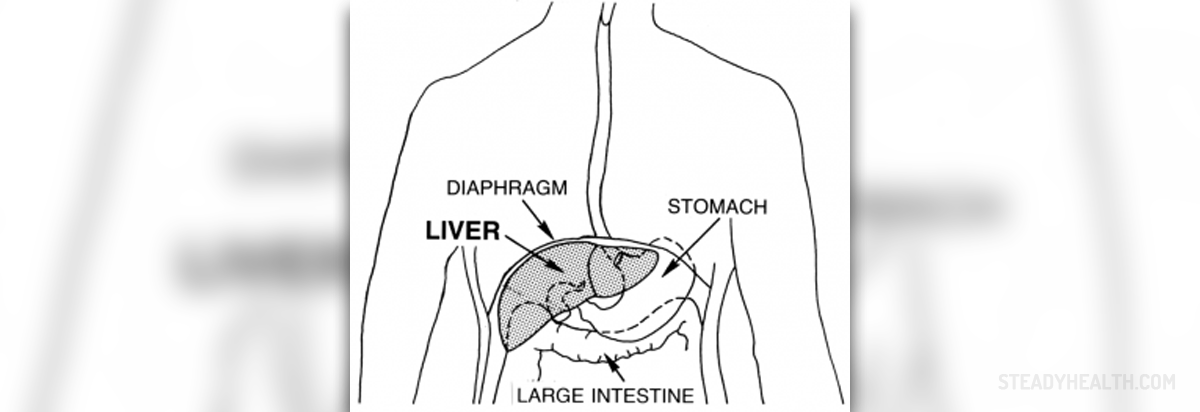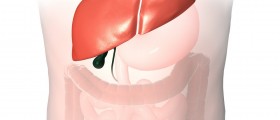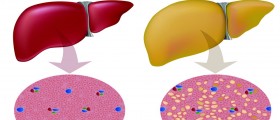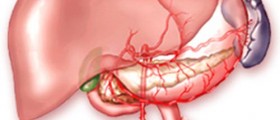
Cirrhosis of the liver is a serious condition marked by scarring of the organ due to formation of fibrous scar tissue. This slowly progressing disease can result out of different liver diseases. In liver cirrhosis, structure and function of the liver are progressively lost which causes formation of scar tissue. In attempt to restore destroyed tissue, the liver cells, the hepatocytes, multiply and create regenerative nodules. These regenerative nodules are actually clusters of liver cells formed within the scar tissue. Scar tissue and regenerative nodules hinder the normal blood flow through the liver as well as bile flow. This prevents the liver from eliminating toxins and they accumulate in the body.
Liver cirrhosis is among 10 leading causes of death in the United States. It is most commonly caused by heavy alcohol drinking. Other causes include hepatitis B and C, fatty liver, autoimmune liver disease, certain medications and chemicals, inherited disease like cystic fibrosis, hemochromatosis and Wilson’s disease.
Liver Cirrhosis Stages
Cirrhosis of the liver does not develop suddenly but after prolonged injuring of the liver cells. Liver cirrhosis is the final stage of chronic liver disease, while the first three are fatty liver, alcoholic hepatitis and liver fibrosis. Liver cirrhosis has only two stages, compensated stage and decompensated stage.
Compensated Stage
The first stage of liver cirrhosis or compensated stage is marked by few or no symptoms. Despite the scarring, the liver is still able to function and liver function tests may show normal enzyme levels. The stage is called compensated stage because the body attempts to compensate for the damage caused by liver’s malfunctioning. Since this stage is usually asymptomatic, the condition can be diagnosed only with a help of a liver biopsy.
However, some people with compensated liver cirrhosis may experience a few mild and non specific symptoms. This includes fatigue, loss of energy, extreme thirst, nausea, dull pain in the liver area, loss of appetite and weight loss. Spider angiomas, or small red spots on the skin, may also develop.
Decompensated Stage
If compensated cirrhosis is left untreated, the disease may progress to more serious stage known as decompensated stage. Decompensated stage is characterized by extensive liver damage. The liver can no longer function properly and this results in serious, life-threatening complications. Symptoms of decompensated cirrhosis are severe fatigue, exhaustion, stomach pain and cramps and easy bruising and bleeding. In this stage, fluid accumulates in the abdomen (ascites) and the skin and eyes become yellow (jaundice). Other complications include kidney failure, anemia, spleen enlargement, portal hypertension and loss of bone mass. Finally, high concentration of toxins in the body can cause severe confusion and eventually coma.
- www.nhs.uk/conditions/cirrhosis/
- www.nhs.uk/conditions/alcohol-related-liver-disease-arld/
- Photo courtesy of Archives of Pearson Scott Foresman by Wikimedia Commons: commons.wikimedia.org/wiki/File:Liver_(PSF).png

















Your thoughts on this
Loading...